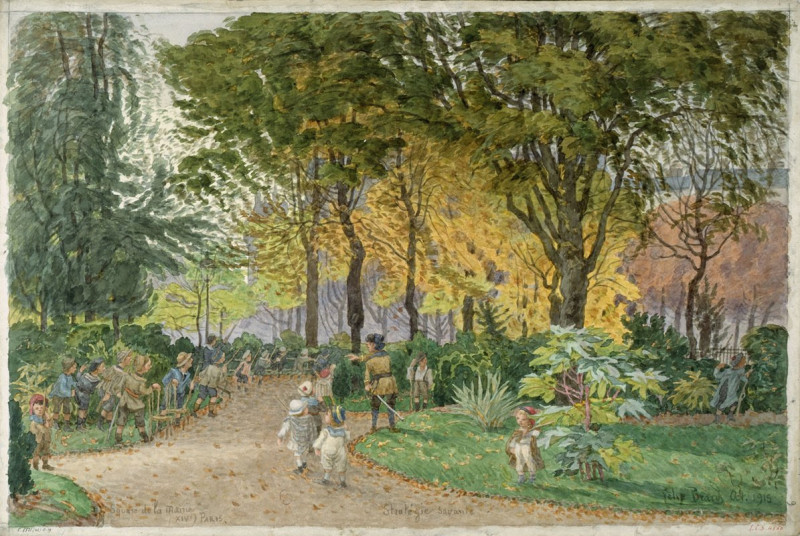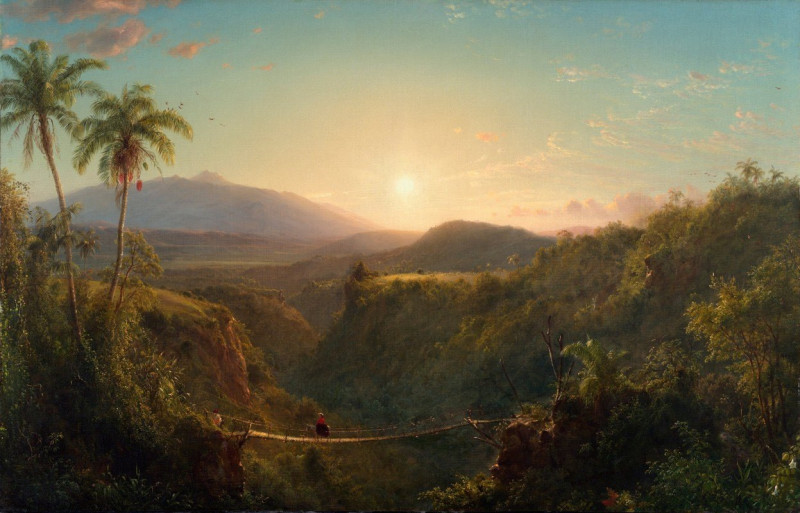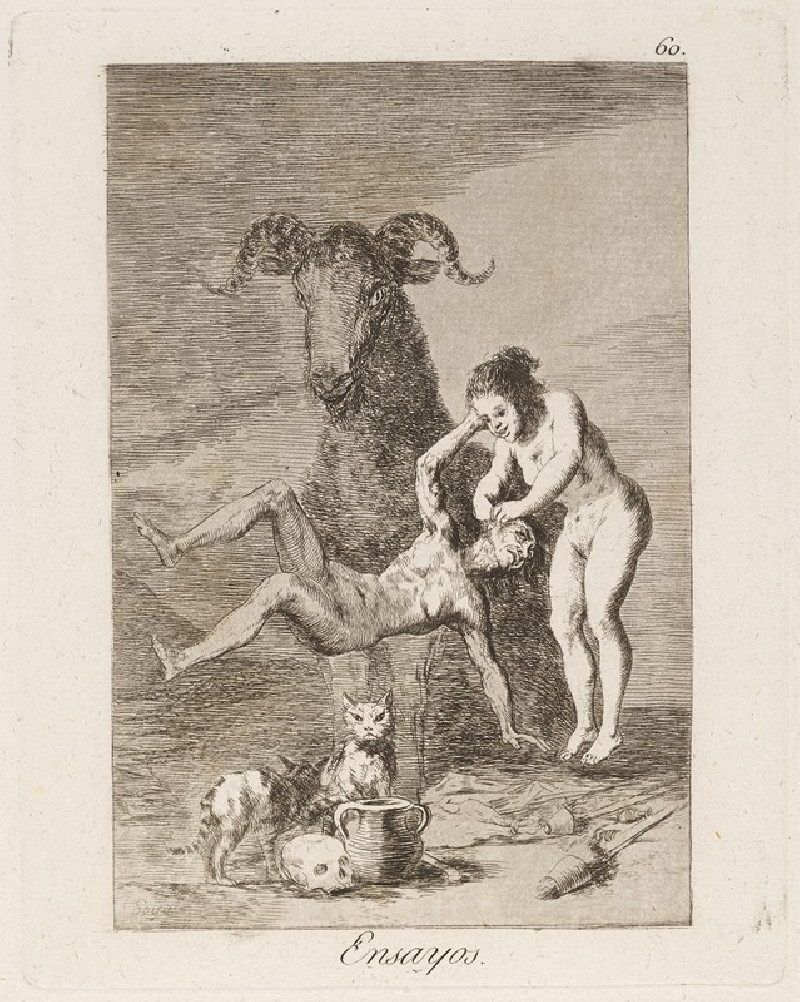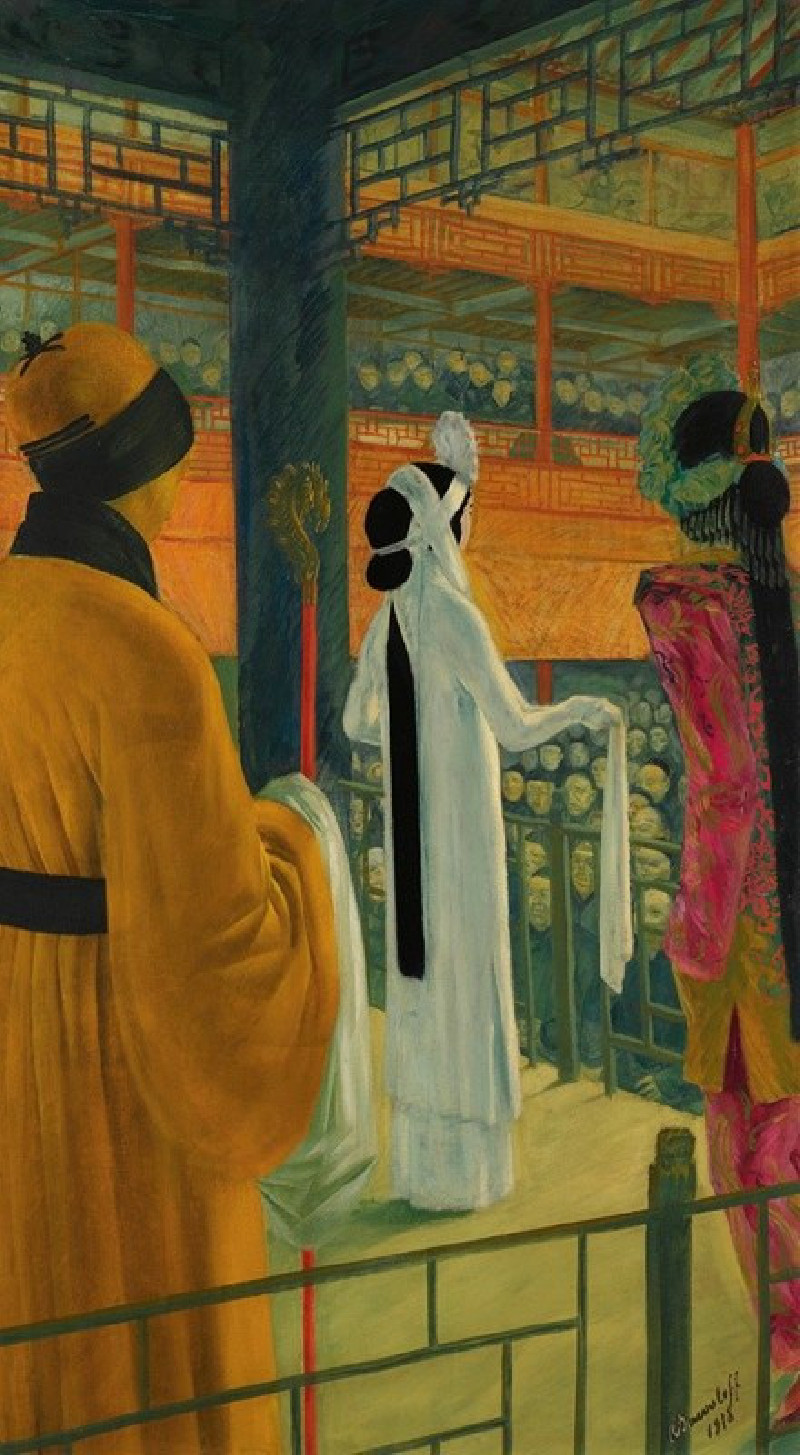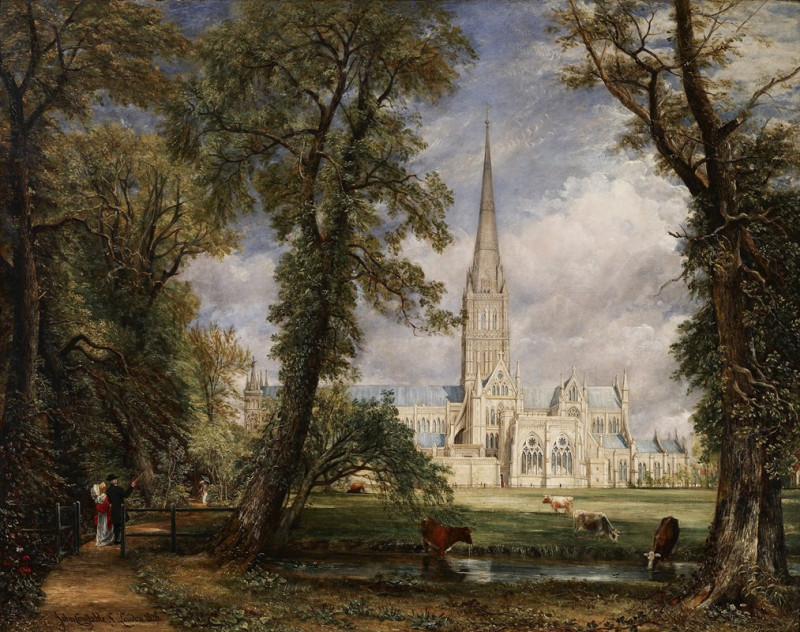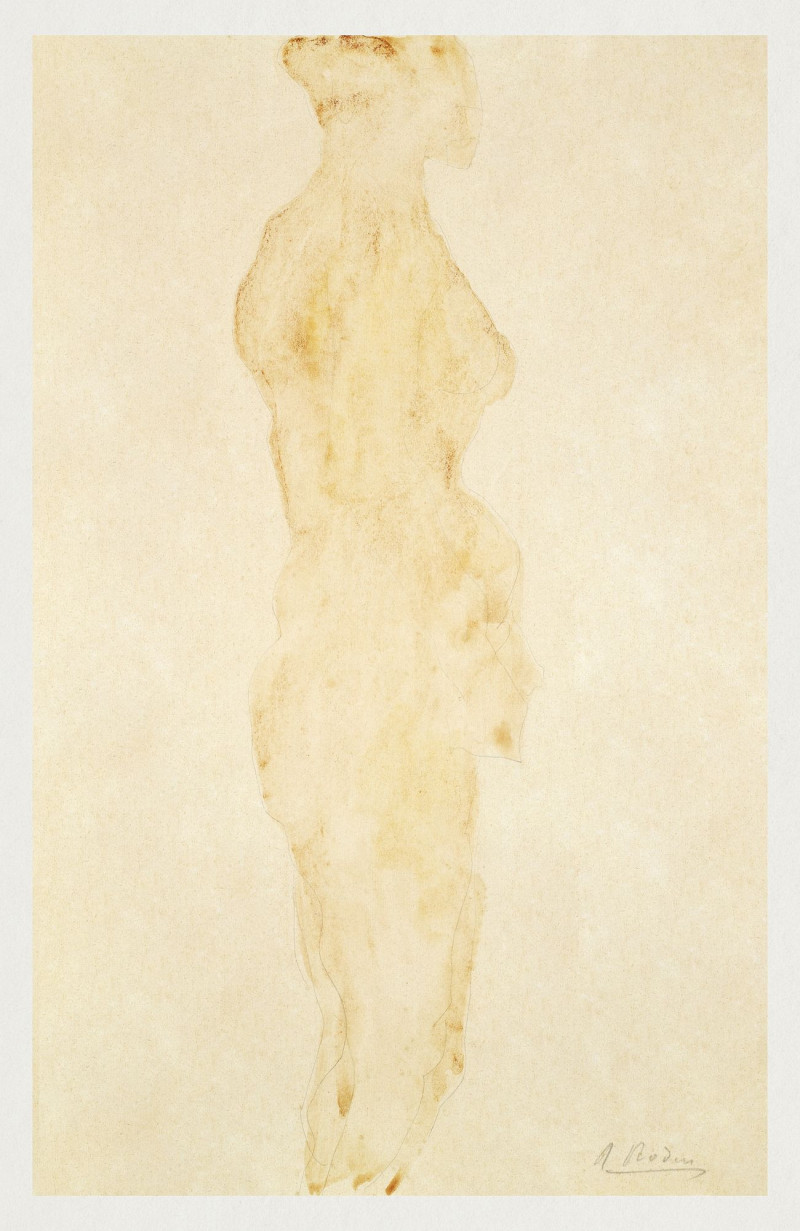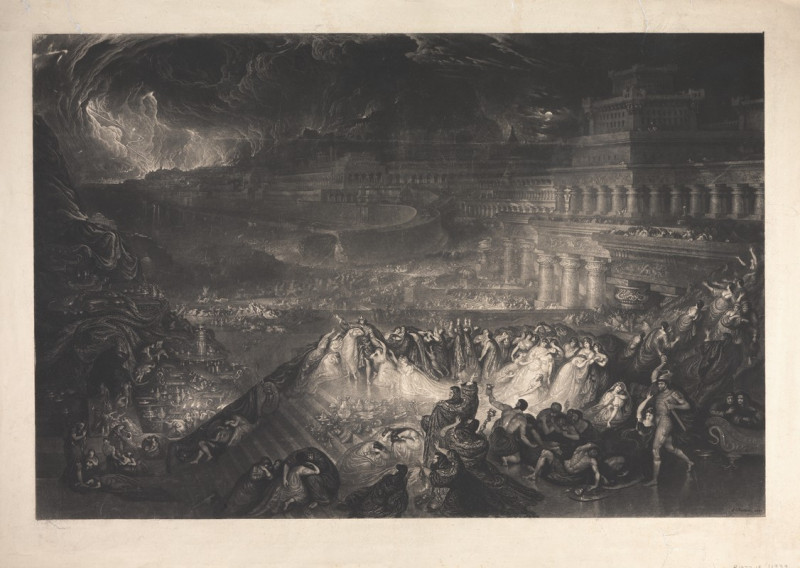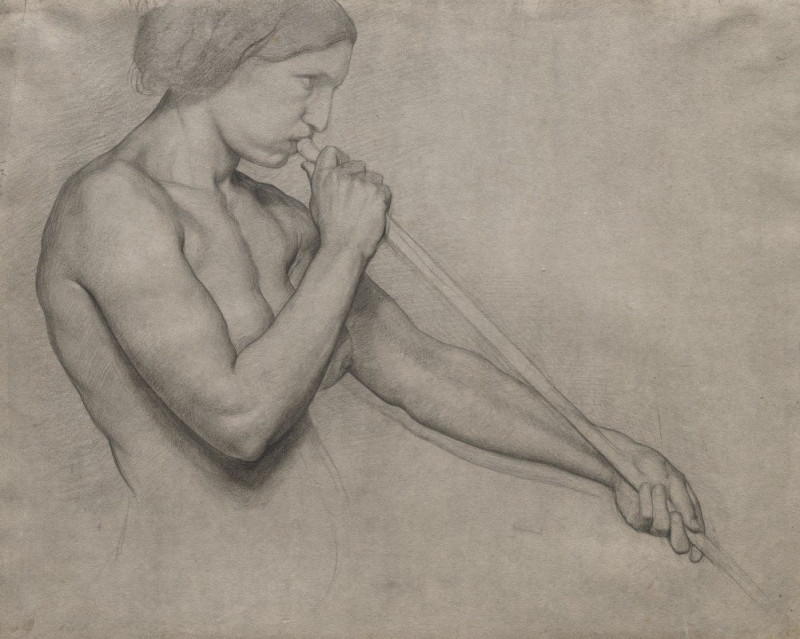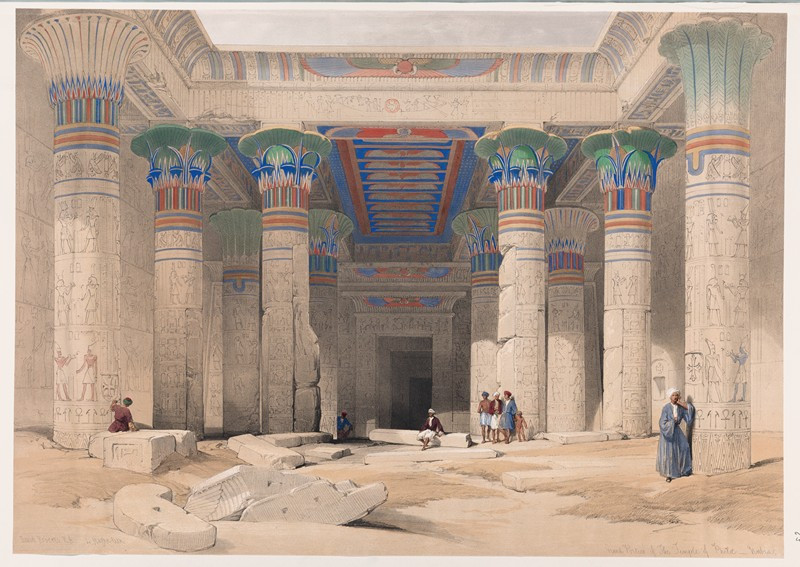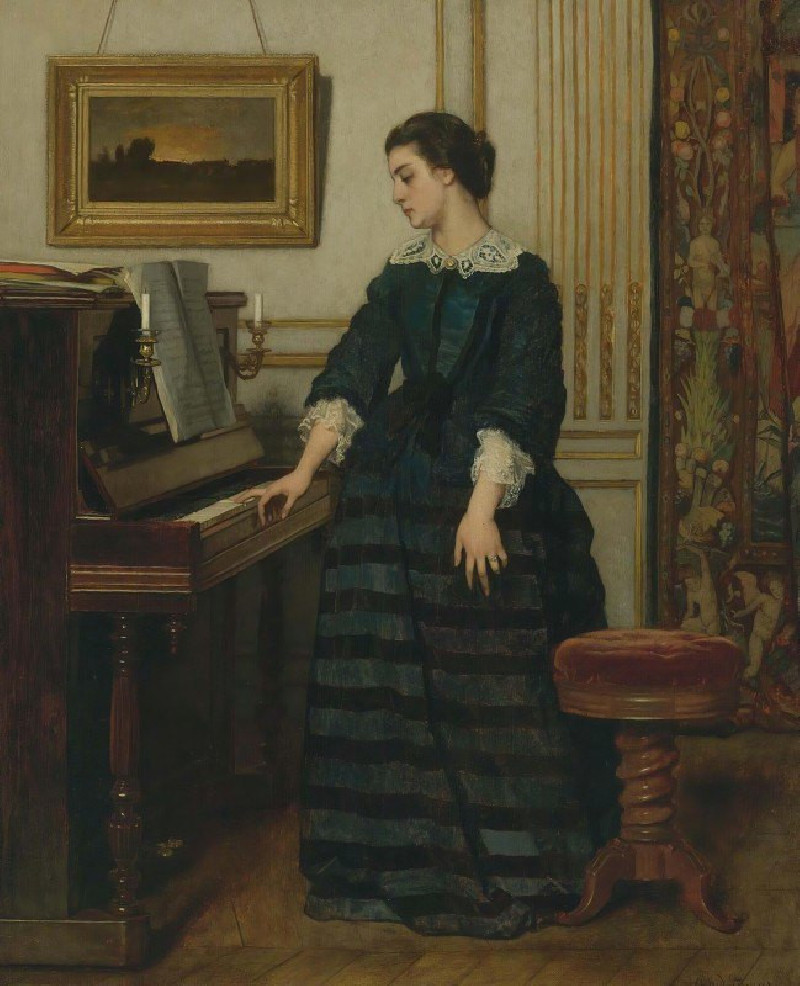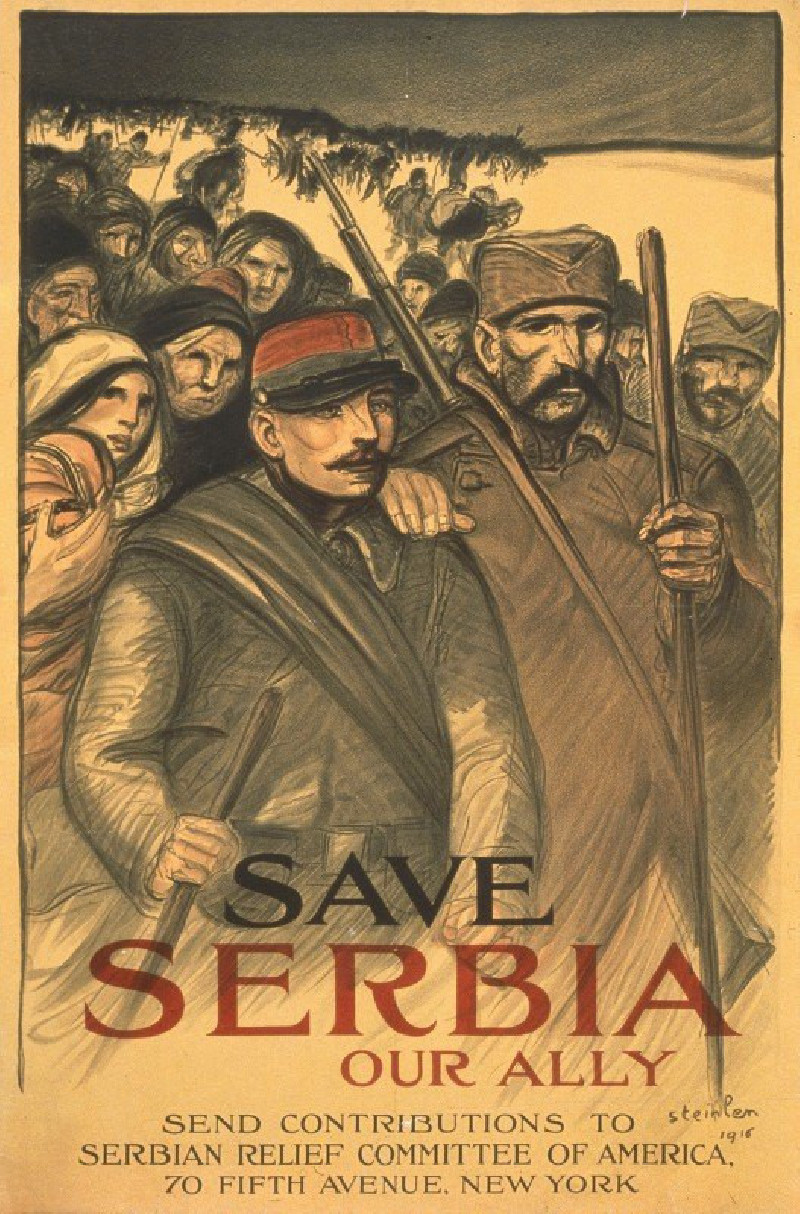Equestrial Portrait (1622-1627)
Technique: Giclée quality print
Recommended by our customers
More about this artwork
In the evocative painting "Equestrian Portrait," Anthony van Dyck captures the grandeur and solemn dignity of the 17th century. Created between 1622 and 1627, this artwork showcases van Dyck’s masterful ability to blend portraiture with the drama of historical narrative painting.The painting features a distinguished figure, dressed in a lavish red outfit adorned with a white lace collar and cuffs, confidently mounted on a magnificent grey horse. The rider's poise and regal attire suggest he is a person of high rank and importance. He holds his hat in his right hand, a traditional gesture of salute or acknowledgment, which adds to the sense of a formal occasion being depicted.What grabs the viewer’s attention is the dynamic contrast between the controlled power of the horse and the serene, composed expression of the rider. The background of the painting features a subdued landscape at dusk, enhancing the central figures with a sense of emerging from or melting into the shadows. A dog runs alongside the horse, adding a layer of life and movement to the entire scene.Van Dyck's use of dark, moody tones juxtaposed with the striking red of the rider’s apparel creates a powerful visual impact.
Delivery
Returns
Sir Anthony van Dyck (1599 – 1641) was a Flemish Baroque artist who became the leading court painter in England after success in the Spanish Netherlands and Italy.
The seventh child of Frans van Dyck, a wealthy Antwerp silk merchant, Anthony painted from an early age. He was successful as an independent painter in his late teens, and became a master in the Antwerp guild in 1618. By this time he was working in the studio of the leading northern painter of the day, Peter Paul Rubens, who became a major influence on his work.

































